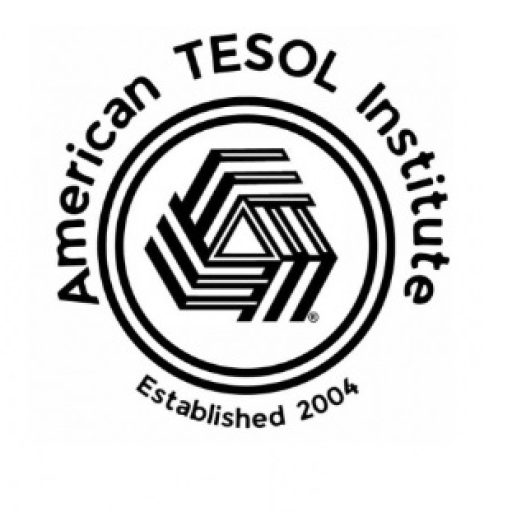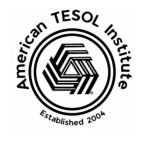The world is becoming increasingly interconnected, and with that comes a growing need for seamless communication across languages and cultures. In the realm of education, this is particularly crucial. Enter Natural Language Processing (NLP), a powerful technology that’s revolutionizing how teachers connect with students worldwide.
What is NLP?
Imagine a computer that can understand, interpret, and even respond to human language in a way that feels natural and intuitive. That’s the essence of NLP. It’s a branch of artificial intelligence that empowers computers to “decode” human language, enabling them to:
- Translate languages: Break down language barriers and facilitate cross-cultural understanding with accurate and nuanced translations.
- Analyze text and speech: Extract key information from student writing, identify learning gaps, and provide personalized feedback.
- Facilitate communication: Power chatbots that can answer student questions, provide support, and even offer personalized learning recommendations.
How NLP is Helping Teachers:
- Personalized Learning: NLP algorithms can analyze student work, identify areas where they excel or struggle, and tailor learning materials accordingly. This allows teachers to cater to individual needs and provide customized support.
- Automated Feedback: Imagine providing detailed feedback on essays, assignments, and even spoken presentations in a fraction of the time. NLP tools can automate aspects of feedback, freeing up teachers to focus on more complex instructional tasks.
- Enhanced Communication: NLP-powered tools can translate languages in real-time, allowing teachers to communicate effectively with students and parents who speak different languages. This fosters inclusivity and ensures everyone feels understood.
- Accessibility for All: NLP can assist students with learning disabilities by providing text-to-speech and speech-to-text capabilities, making educational content more accessible.
- Global Collaboration: NLP facilitates communication and collaboration between teachers and students from different countries, fostering a global learning community.
Examples in Action:
- Duolingo: This popular language learning app uses NLP to personalize lessons, provide instant feedback, and adapt to individual learning styles.
- Grammarly: This writing assistant uses NLP to identify grammatical errors, suggest improvements, and enhance clarity and conciseness.
- Google Translate: This widely used tool leverages NLP to provide instant translations between numerous languages, facilitating cross-cultural communication.
The Future of NLP in Education:
As NLP technology continues to evolve, we can expect even more innovative applications in the classroom. From AI-powered tutors that provide personalized instruction to sophisticated tools that assess student understanding in real-time, NLP has the potential to transform education as we know it.
By breaking down language barriers and enhancing communication, NLP empowers teachers to create more inclusive, personalized, and effective learning experiences for students around the world



